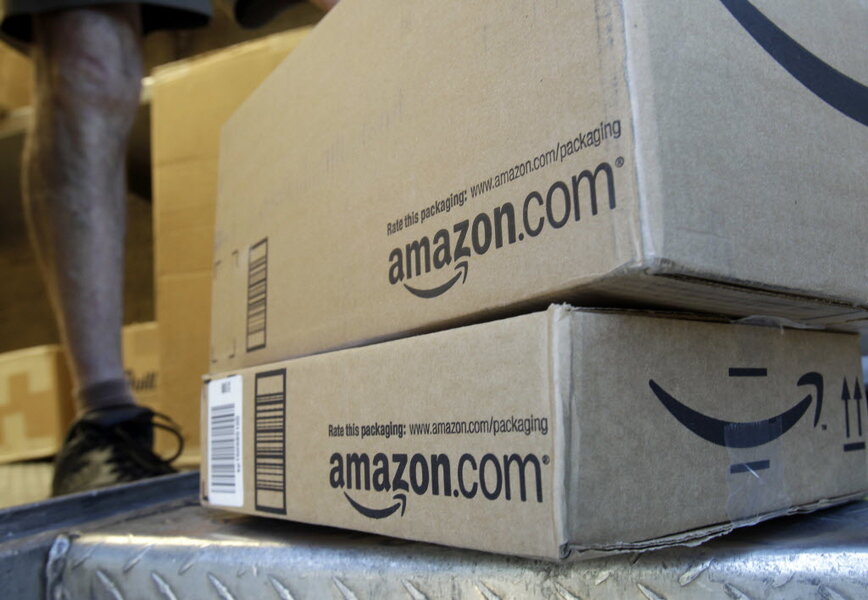Amazon offers Prime members discounted student loans. Is that fair?
In a partnership between the self-proclaimed "everything store" and Wells Fargo, members of Amazon Prime Student will receive a 0.5 percent interest rate discount on student loans taken out through Wells Fargo's Education Financial Services.
The collaboration will increase discounts offered to Amazon Prime Student members and will allow each company to take advantage of the other's resources. John Rasmussen, Wells Fargo’s head of education financial services, has stated that it is a "tremendous opportunity to bring together two great brands," but financial advisers are wary.
In addition to the 0.5 percent discount Amazon is subsidizing, Wells, whose loan rates range from 5.94 to 11 percent of fixed rate loans and 3.39 percent to 9.03 on variable loan rates, will discount an additional 0.25 percent for students who enroll in the automatic monthly loan repayment plan.
"Of course, Amazon is probably hoping that students will continue with Amazon Prime after they graduate, and Wells Fargo is probably hoping this will increase their loan volume," Mark Kantrowitz, publisher of Cappex.com, a college and scholarship search site, told The Washington Post. "It seems like a win-win."
Although perhaps not for the student. The Washington Post calculated that on a $10,000 loan, this discount would only save about $450 over 10 years, even with the additional discount included with automatic monthly loan repayment. Amazon Prime Student costs $49 per year.
Despite the appearance of being mutually beneficial for the two companies, Amazon has made sure to distance itself contractually, if not from a marketing standpoint, from Wells Fargo. Its fine print states that "Amazon is not a lender and is not affiliated with Wells Fargo. Amazon is in no way involved in the underwriting or origination of loans from Wells Fargo."
"It's basically one lender in a market that's a very small part of the student loan pie," Matthew Chingos, who studies student loan debt at the Urban Institute, told Fortune, adding that the announcement adds very little to the bigger picture of student loan issues. "It's a marketing thing. Now Amazon can say, 'with Amazon Prime Student you get two-day shipping and a discount on your student loans.'"
It is also unclear how many students this discount will actually benefit and by how much.
Undergraduate students typically only take out private loans when they reach the federal loan limit, and for graduate students there is no federal cap. Therefore, according to statistics by the College Board, private student loans only represent about 10 percent of all money lent to students.
However, Wells Fargo does have an advantage on this front. It is not only the largest bank by market value in the United States but it also is the second-largest student loan lender next to Sallie Mae. And their business is growing. In 2015 the bank lent $12.2 billion to students, up from the previous year's $11.9 billion, according to its annual report.
Mr. Rasmussen told Fortune that while Amazon's goal was to increase prime membership, Wells Fargo wants to "communicate more broadly that it's here to help" students and families paying for college.
Still, some financial advisers and college advisors warn that private loans in general are a bad investment.
"Amazon and Wells Fargo are trumpeting a discount while burying the sky-high rates on these private loans and without noting that they lack the consumer protections and flexible repayment options that come with federal student loans," Pauline Abernathy, vice president of the Institute for College Access & Success, told The Los Angeles Times. "Private loans are one of the riskiest ways to finance a college education. Like credit cards, they have the highest rates for those who can least afford them, but they are much more difficult to discharge in bankruptcy than credit cards and other consumer debts."







